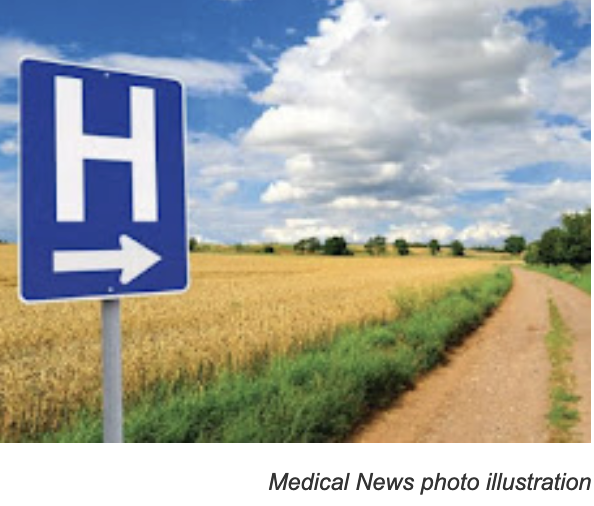New Office of Rural Health is being created at the Centers for Disease Control and Prevention to address rural health disparities

The newly created Office of Rural Health at the Centers for Disease Control and Prevention will work to combat rural health disparities across the nation by addressing infrastructure needs and creating a rural health strategic plan that ensures rural health interests are represented in all facets of health care, Maaisha Osman reports for The Nation’s Health, a publication of the American Public Health Association.
The need for this office is well-documented, Osman reports, noting that while the 19% of Americans who live in rural areas die from the same causes of death as others in the U.S., they are more likely to die earlier than their urban counterparts. And, she writes, the Covid-19 pandemic added to this challenge with rural residents less likely to get vaccinated and more likely to die from the disease.
The national government has a Federal Office of Rural Health Policy, but Congress’s creation of a rural-health office at the CDC and funding it with $5 million was “a massive victory,” said Carrie Cochran-McClain, chief policy officer of the National Rural Health Association.
Cochran-McClain told Osman that the CDC needs a voice inside the agency to speak about the unique challenges of rural areas, and will be responsible for the maintenance and enhancement of the rural public-health infrastructure and for connecting and collaborating with other federal agencies and state offices of rural health. She said the goal is for the office to open this year.
She said there has long been discussion in the rural-health community about the need for such an office, and disparities between rural and urban populations during the pandemic generated momentum to create it. She said Covid-19 underscored the structural barriers to health care in rural areas and said the office is needed to support rural public-health agencies and workers.
What can the office accomplish? “Really think about how we can grow the public-health workforce in rural communities, and how we can provide technical support and do research around some of the unique challenges that rural populations face,” Cochran-McClain said. She pointed to “worrisome” maternal mortality and illness rates in rural areas, obesity, chronic diseases, the need for more preventive services, and an aging population that would like to age in place.
And when asked what progress has been made to improve rural health, she ended up listing a whole list of other challenges, including the need for more suicide prevention, health education, more health workers and better health-care infrastructure, and noted closures of rural hospitals and skilled nursing homes.
Cochran-McClain told Osman that if she could do one thing to improve rural health it would involve making sure rural areas have a robust rural health care workforce and public-health workforce. Further, she said, we need to figure out how to retain and grow a new generation of health-care workers.